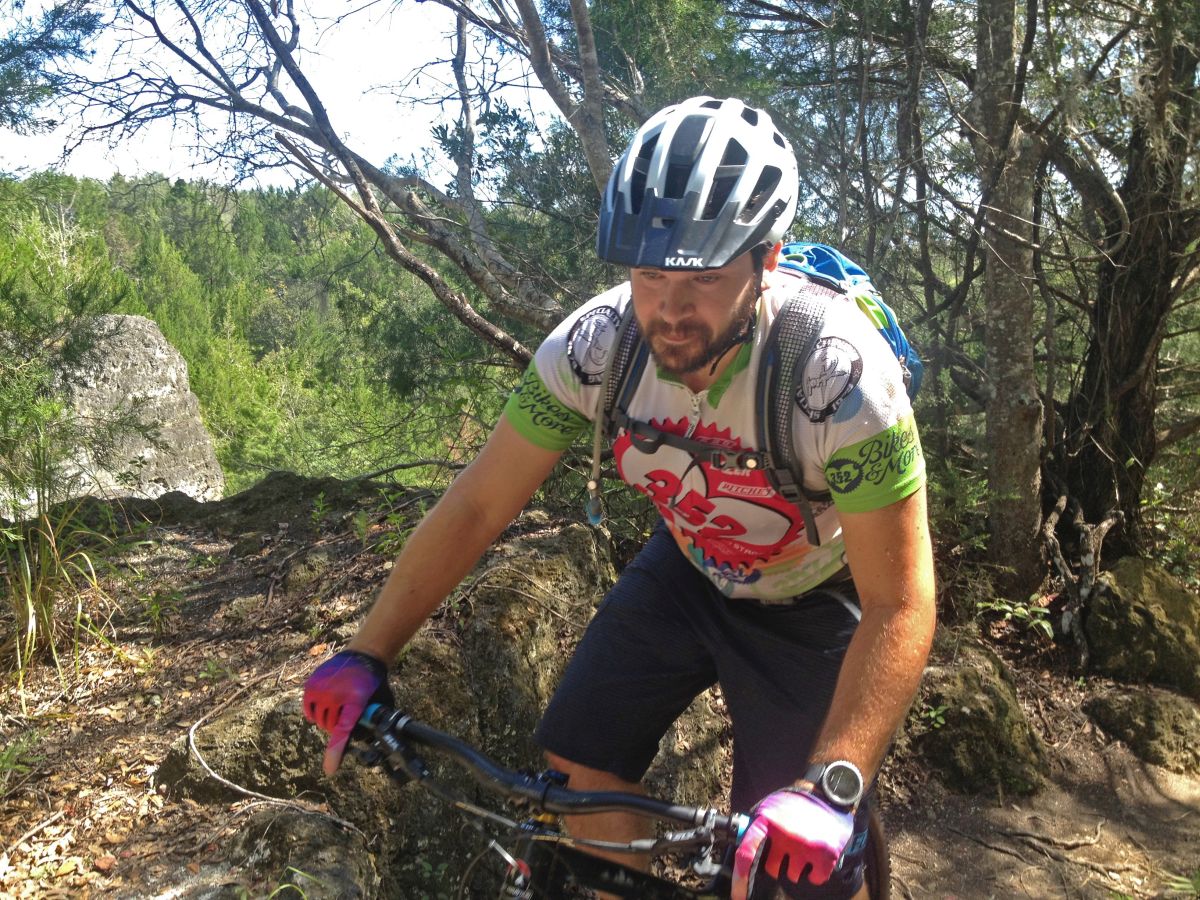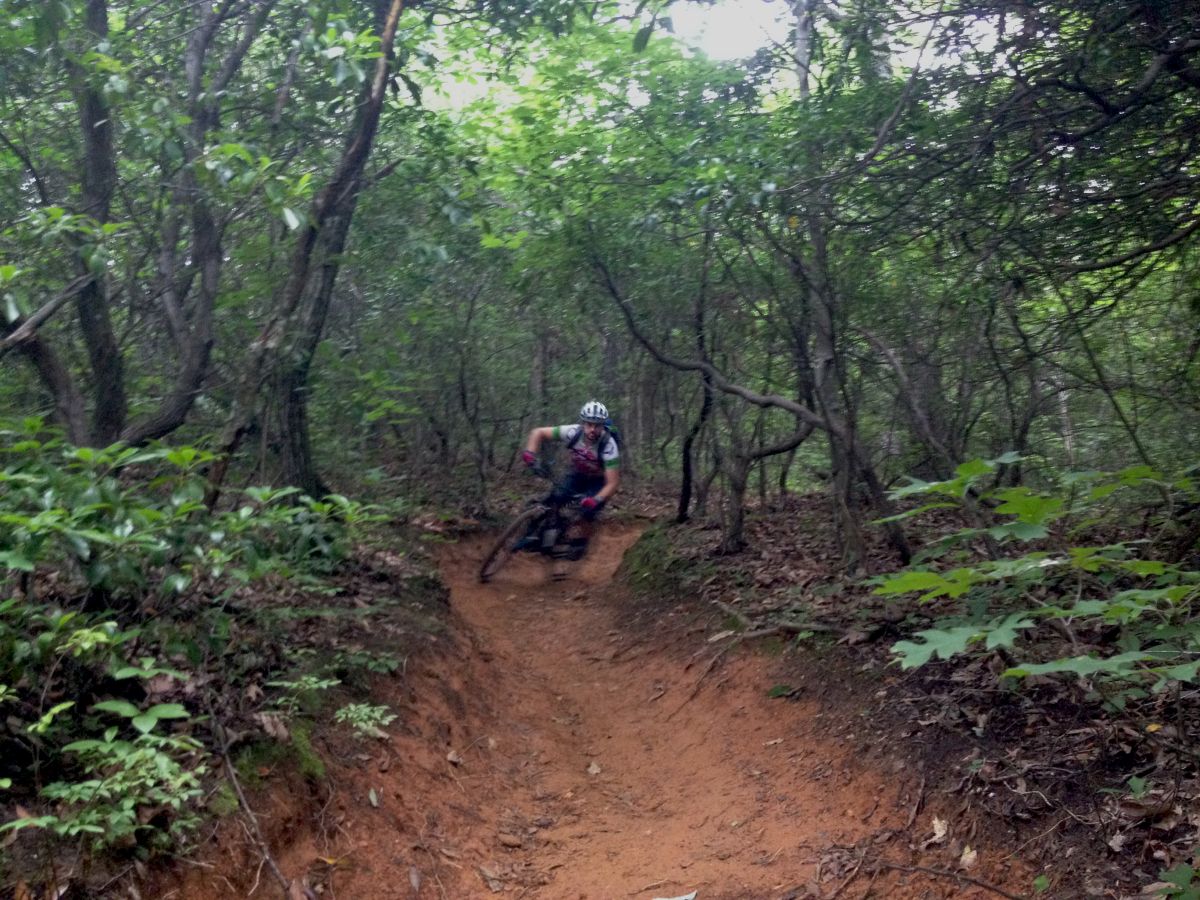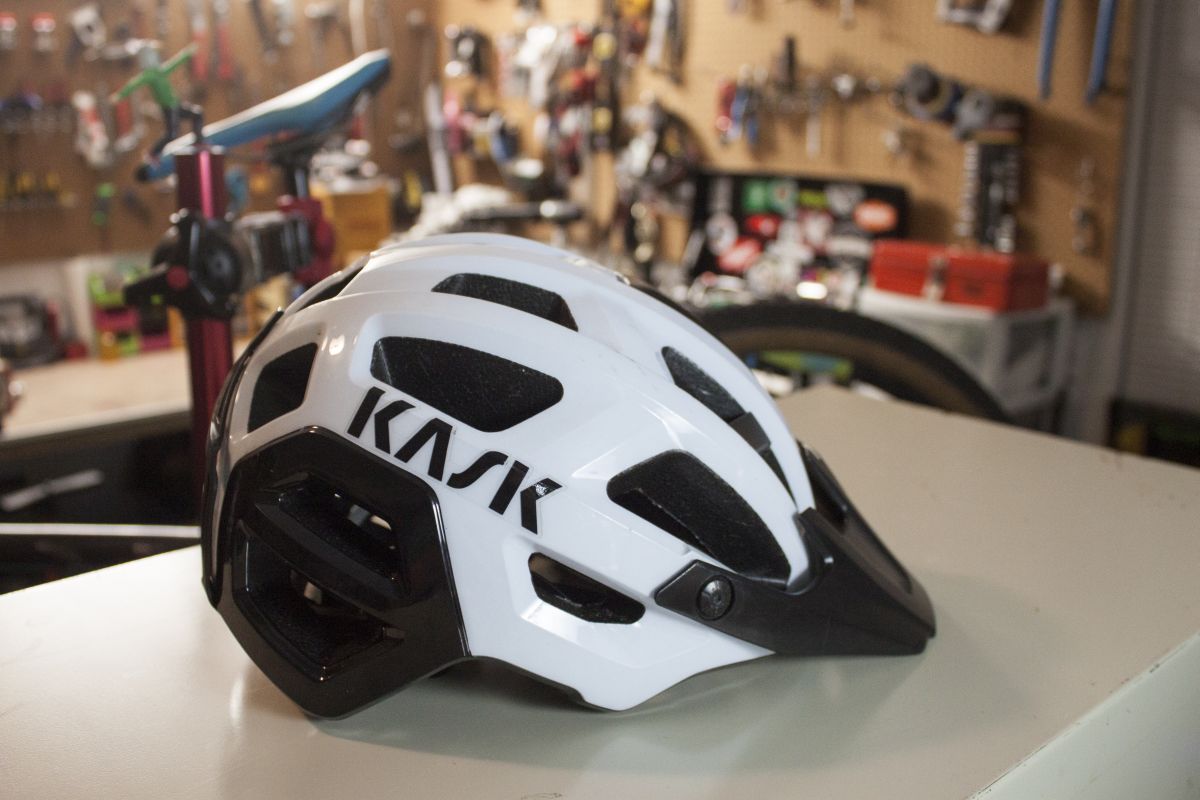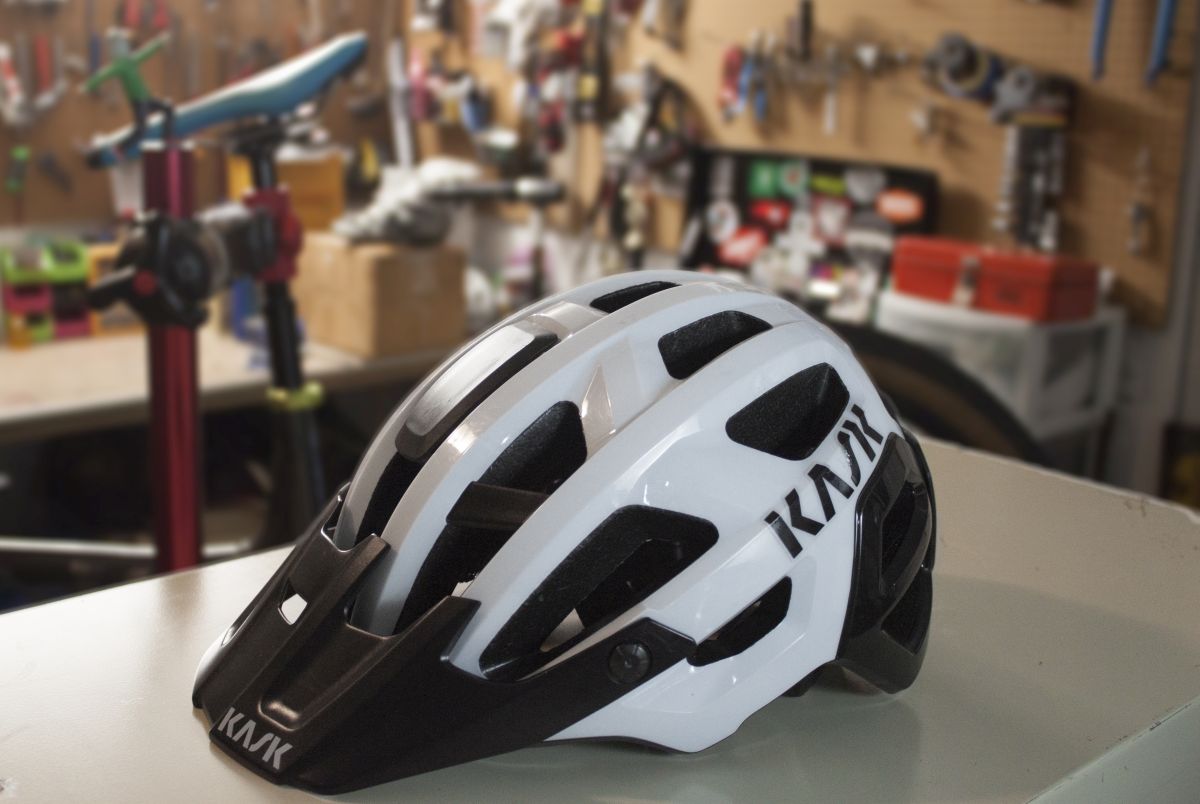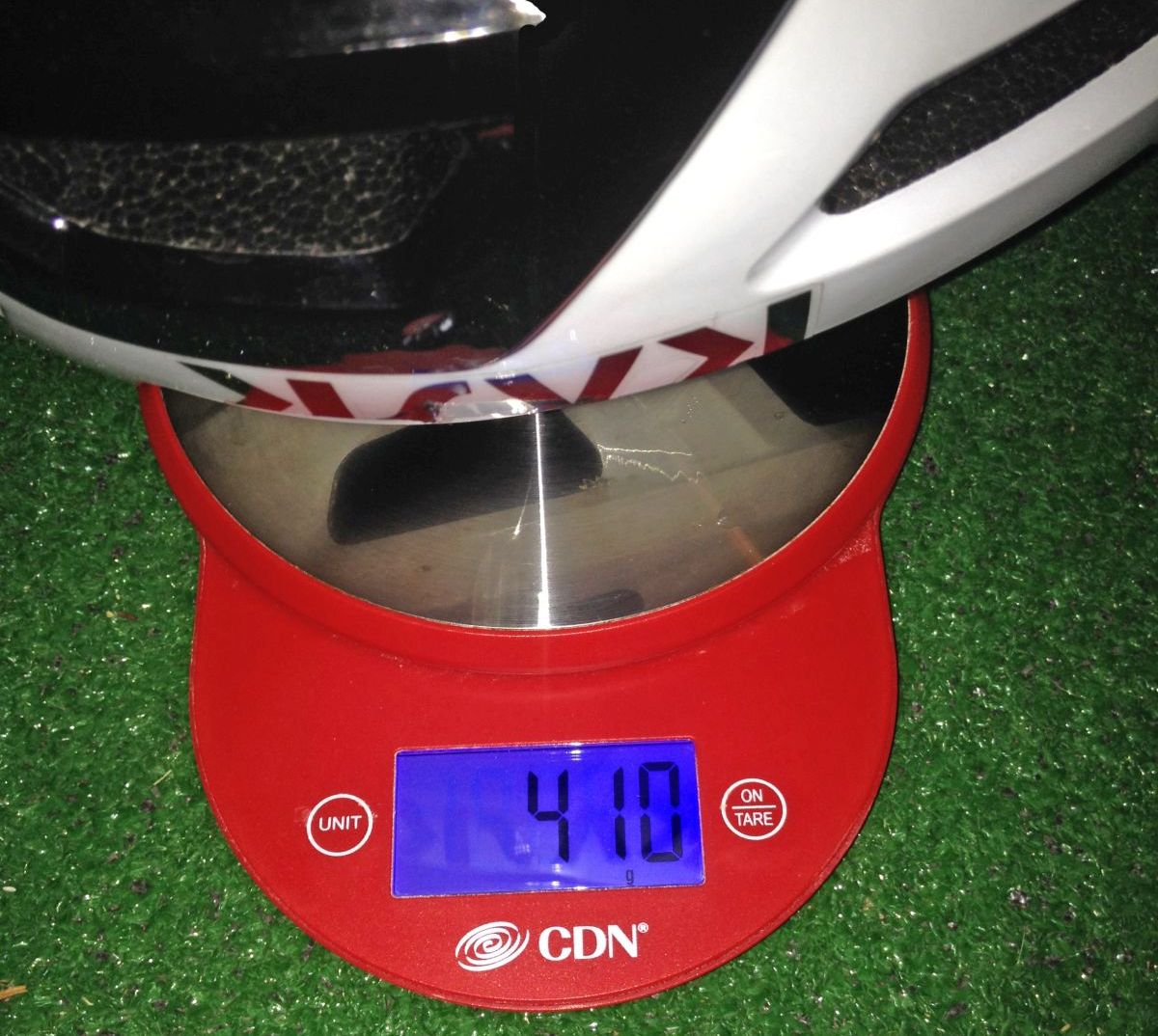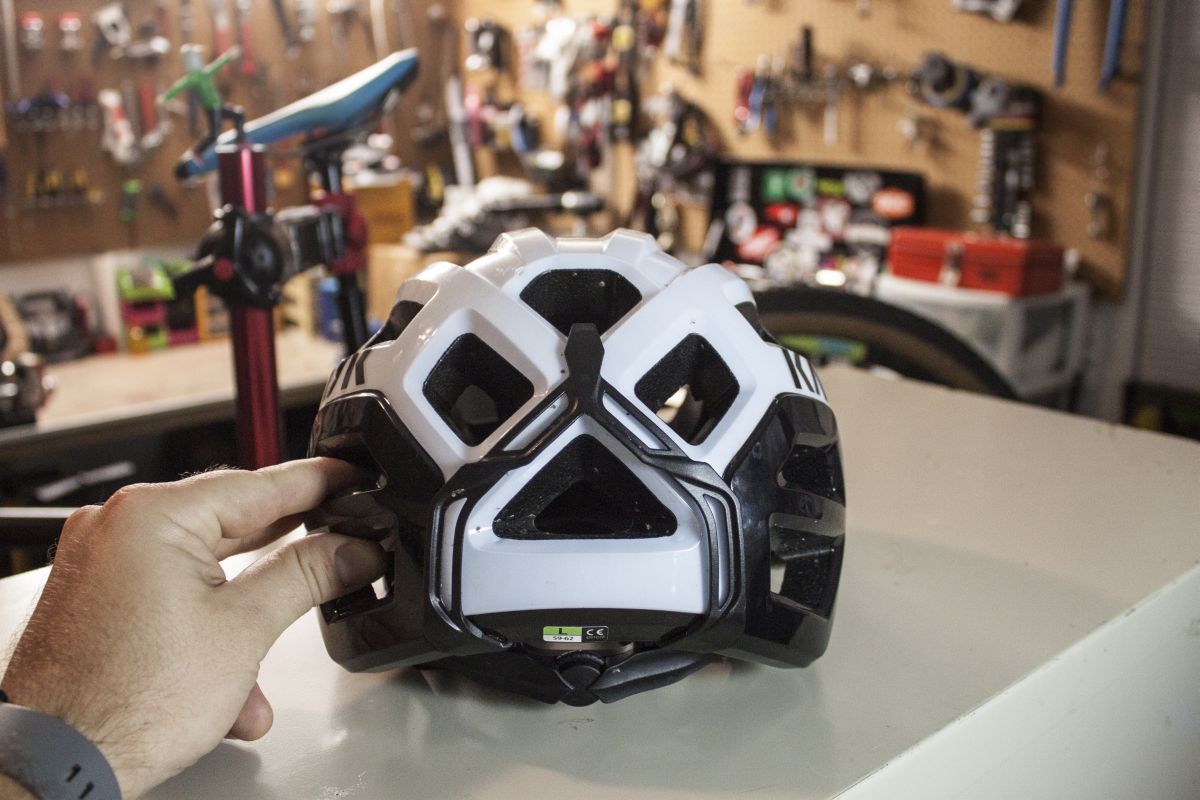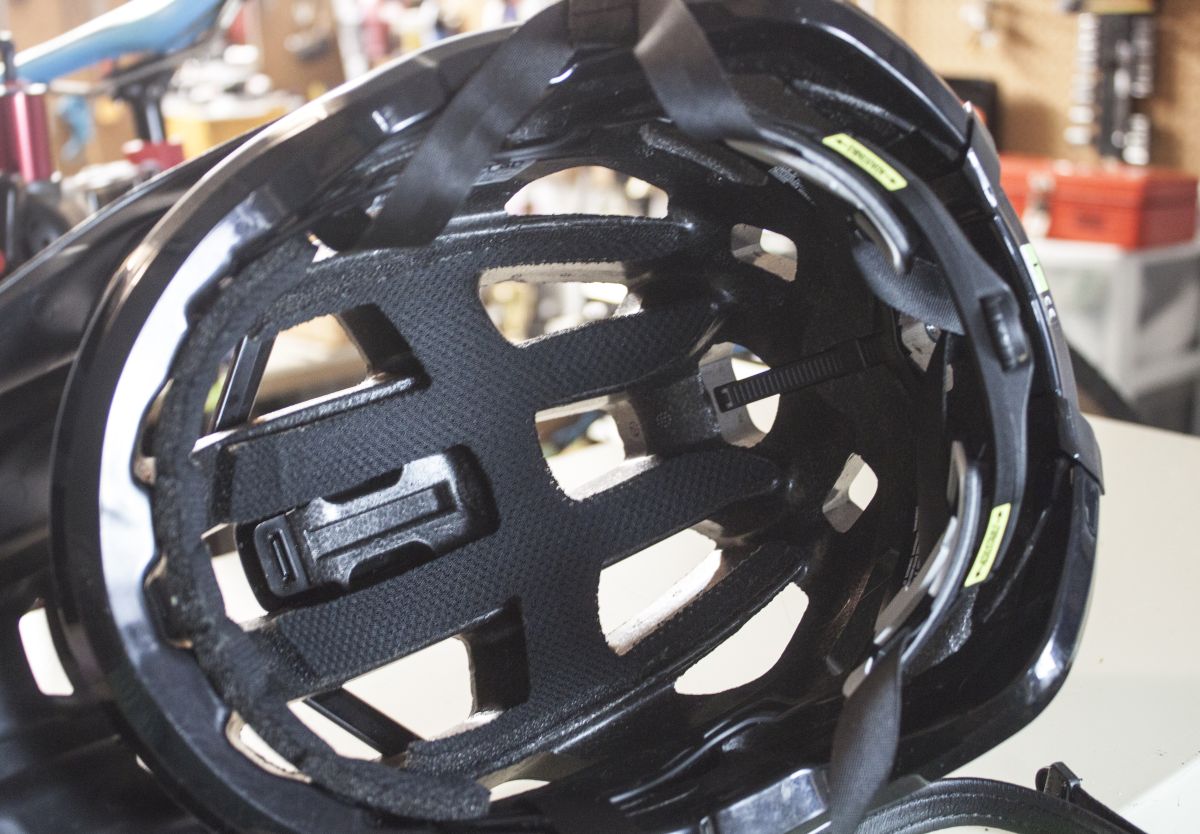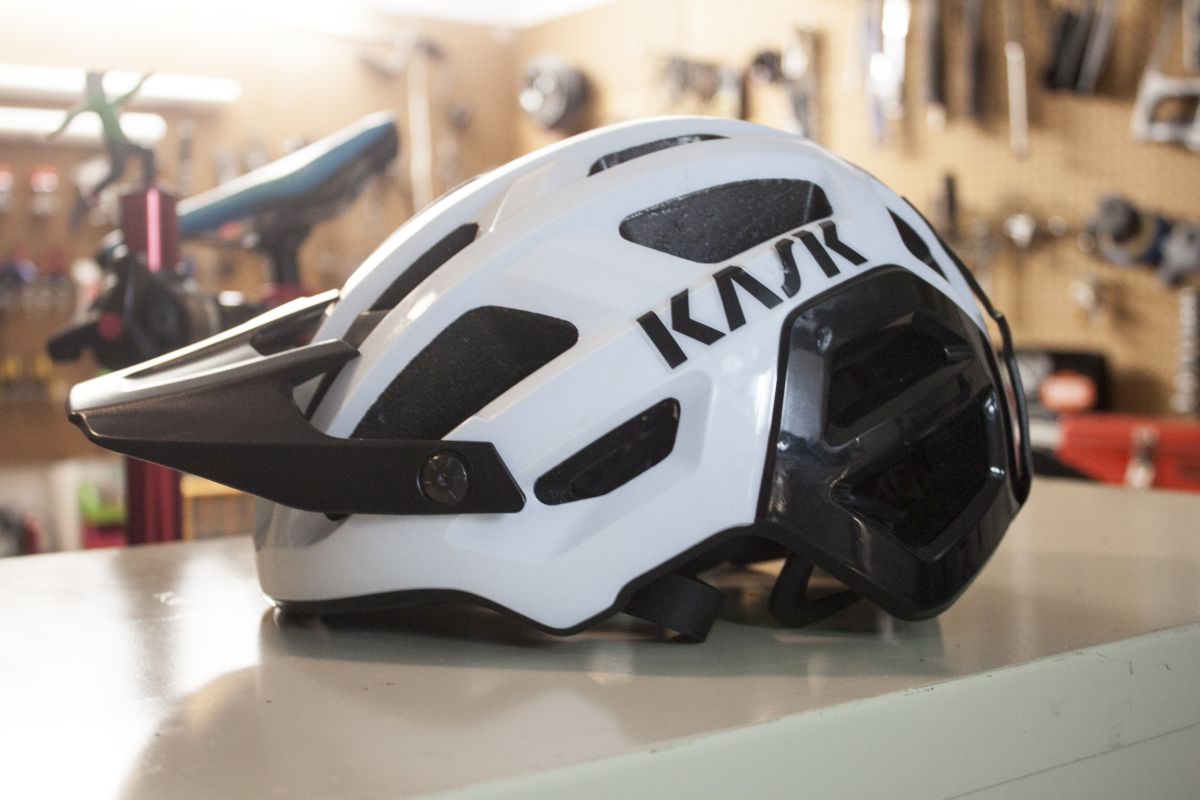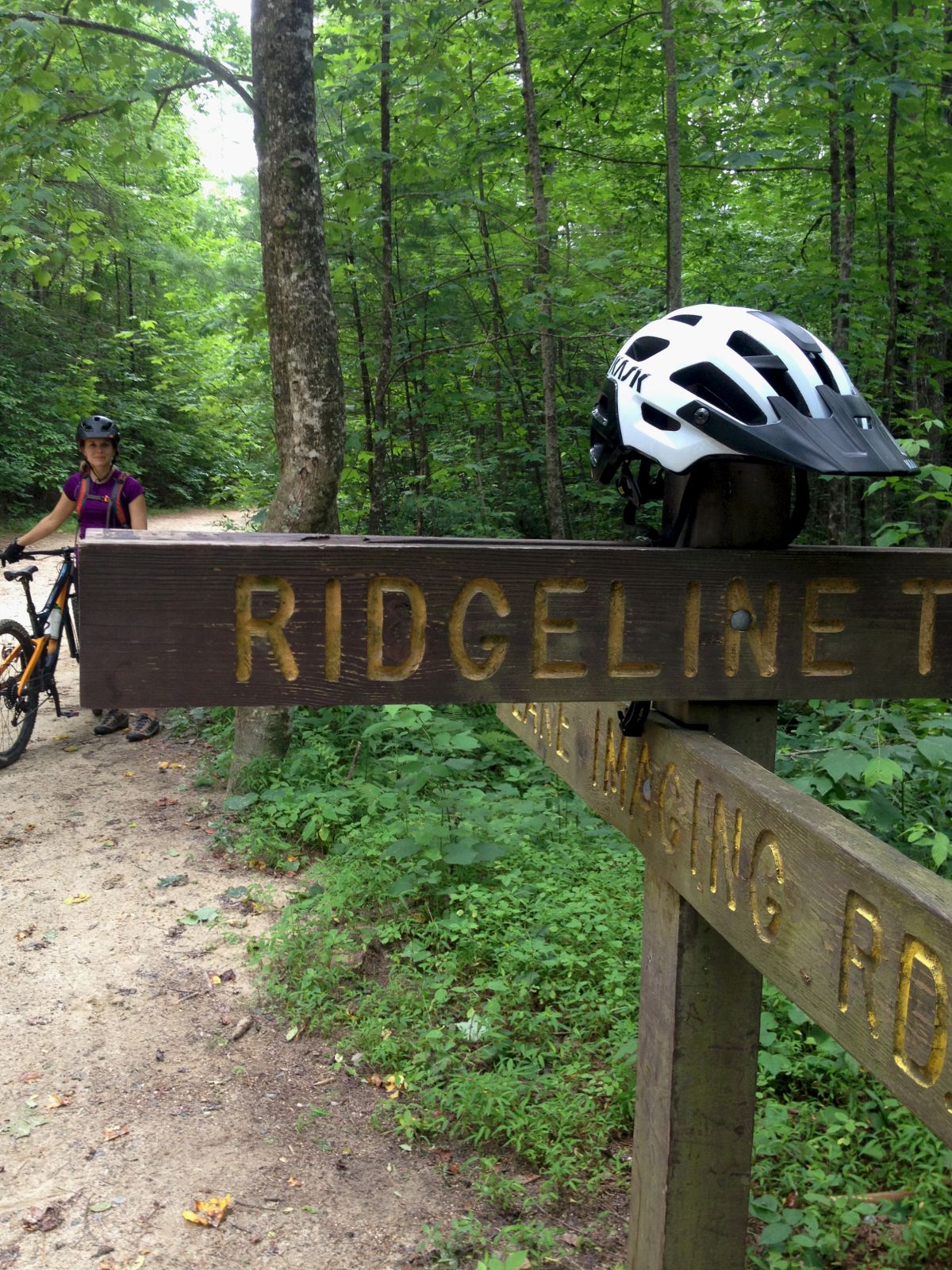Kask is a relatively young company, but their helmets can be seen guarding the domes of some of the world’s best cyclists, from Teams Sky and Rapha/Focus to 2017 UCI World Cup XC winner Yana Belomoina. Founded in 2004, Kask manufactures each of their snow, equestrian, mountaineering, rescue and cycling helmets entirely in Italy.
Gone are the days when three or four companies dominated the market for cycling helmets. Advancements in computer modeling and manufacturing techniques have leveled many of the old barriers to entry, allowing lots of new players to get in the game.
For us fragile-headed consumers, this means myriad options and unprecedented quality. It also means that good cranial protection can be had from $40–$300. So, can a premium helmet deliver fit and features to justify the extra spend?
About the Rex, Kask says:
“Rex provides complete protection and comfort for aggressive trail riding, enduro, XC racing, and casual off-road riding. The rider’s entire head is protected, from the temporal bone to the lower occipital.”
Or — in regular-person speak – you can expect better side and back coverage from the Rex than you would get from a road helmet or many XC lids. This comes in handy if you’re ever unlucky enough to need your helmet’s services in a rock garden or other uneven terrain. And while that added protection does inevitably mean some added weight and decreased ventilation, Kask has done an admirable job of mitigating these downsides. The Rex weighs in at just 40g more than their ultralight XC helmet, the Vertigo, and its 20 vents manage to keep things cool better than some competitors.
Other unique features are an integrated camera/light mount up top and a properly enduro visor that attaches with aluminum screws, giving it enough adjustment to easily accommodate goggles. A clever, integrated (and removable) goggle retention clip in back keeps goggle straps in place when the trails get rough.
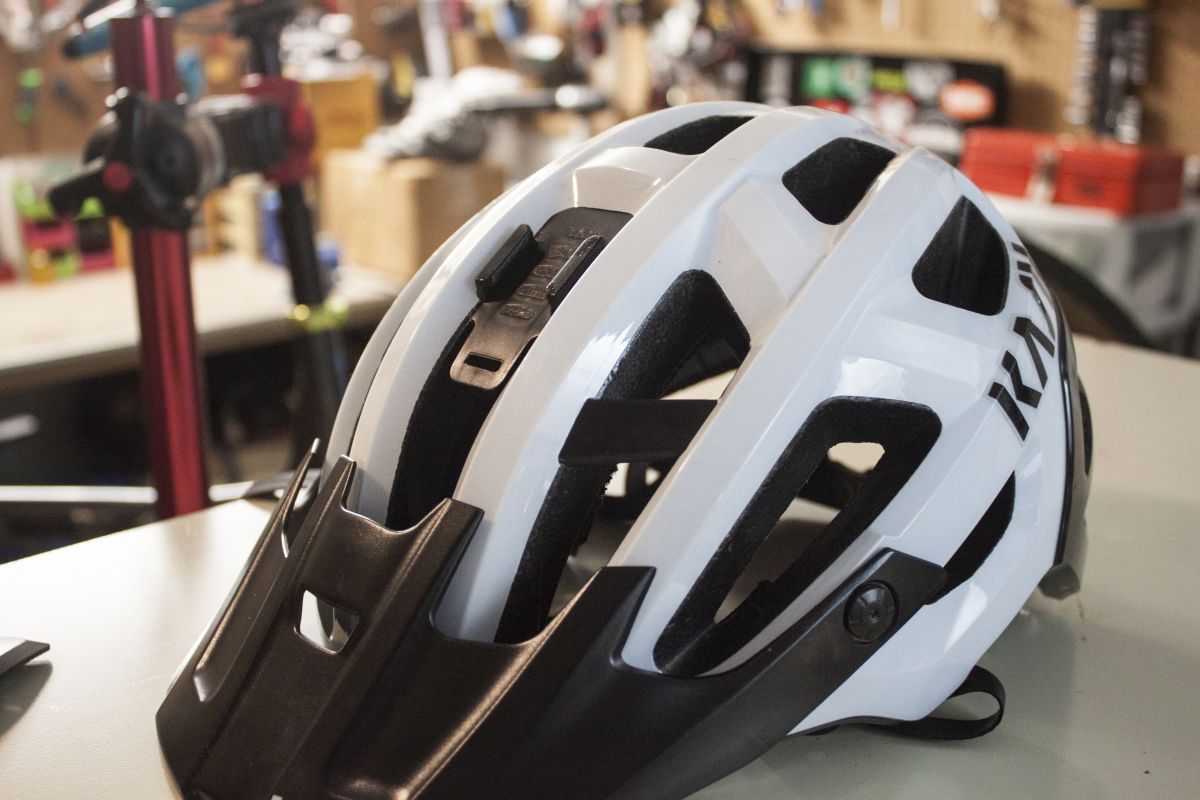
Fit and Comfort
As with anything you wear, helmet fit is far from universal. The good news is that many of the better helmets available these days will fit a wide variety of head shapes, provided you get the right size. I happen to have a pretty big head, and have found some helmets to fit better than others. A large Lazer O2 (58–61cm) works well for road duties, and the XL/XXL POC Tectal (59–62cm) that I’ve been using off-road is comfy, but has to be cinched down nearly all the way and looks quite big on me. The large Rex (also 59–62cm) fits like it was made for me. In short: always try a helmet on before you buy, if you can.
Kask’s Octo Fit system manages to incorporate an impressive degree of adjustability. The whole device gets a generous amount of height adjustment from a ratcheting strap that attaches it to the shell in back. The two cradles themselves can be adjusted for width and pivot up to 180 degrees to accommodate different head shapes. And tension is managed by turning a familiar clicky wheel that’s rubberized for grip.
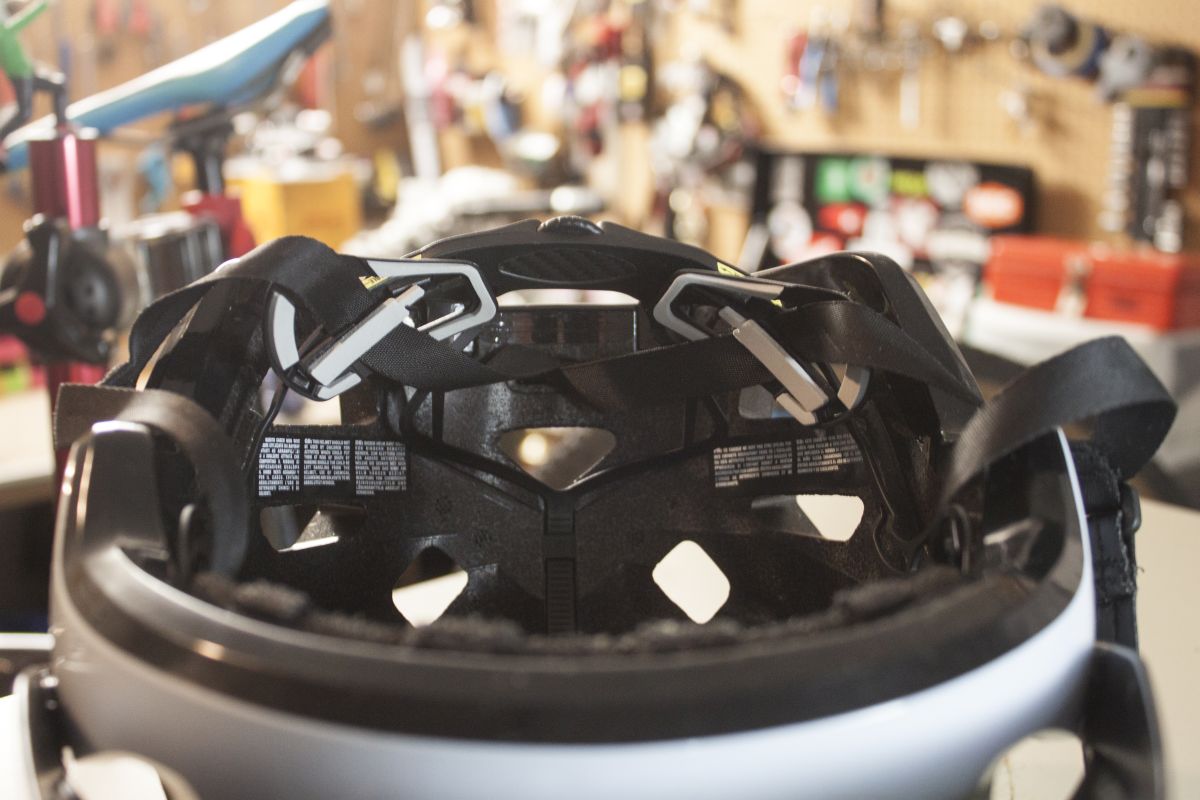 Ventilation is handled by 20 fairly large vents and channels for airflow throughout. The Rex’s surface has no solid, unventilated areas like some of its competitors do. I tested this helmet over the summer in Florida (and I happen to sweat like a mowed-over sprinkler), and I can attest that the ventilation is excellent, considering the amount of protection the Rex offers.
Ventilation is handled by 20 fairly large vents and channels for airflow throughout. The Rex’s surface has no solid, unventilated areas like some of its competitors do. I tested this helmet over the summer in Florida (and I happen to sweat like a mowed-over sprinkler), and I can attest that the ventilation is excellent, considering the amount of protection the Rex offers.
On terribly hot rides, I found myself removing the visor to let the front vents do more work, and the Rex didn’t feel much warmer than my road helmet. This has not been true of most other mountain bike helmets I’ve tried. The Coolmax pads are plenty thick enough for comfort, and will soak up quite a bit of sweat without letting it run into your eyes; a feature that surely isn’t only useful to those of us foolish enough to ride through the summer in Florida.
Quality and Finish
The Rex may not be the most expensive helmet out there, but at $200 it isn’t cheap, either. So, aside from the important things like fit, features and ventilation, does it feel like a $200 helmet? Sure. Previously, I was most impressed with the finish quality of the POC helmets in this price range. But with its in-molded shell, leather chin strap, and well-considered contours, the Kask doesn’t disappoint. And after three months of very hard use (and three wash cycles for the pads inside), the Rex shows no signs at all of wear.
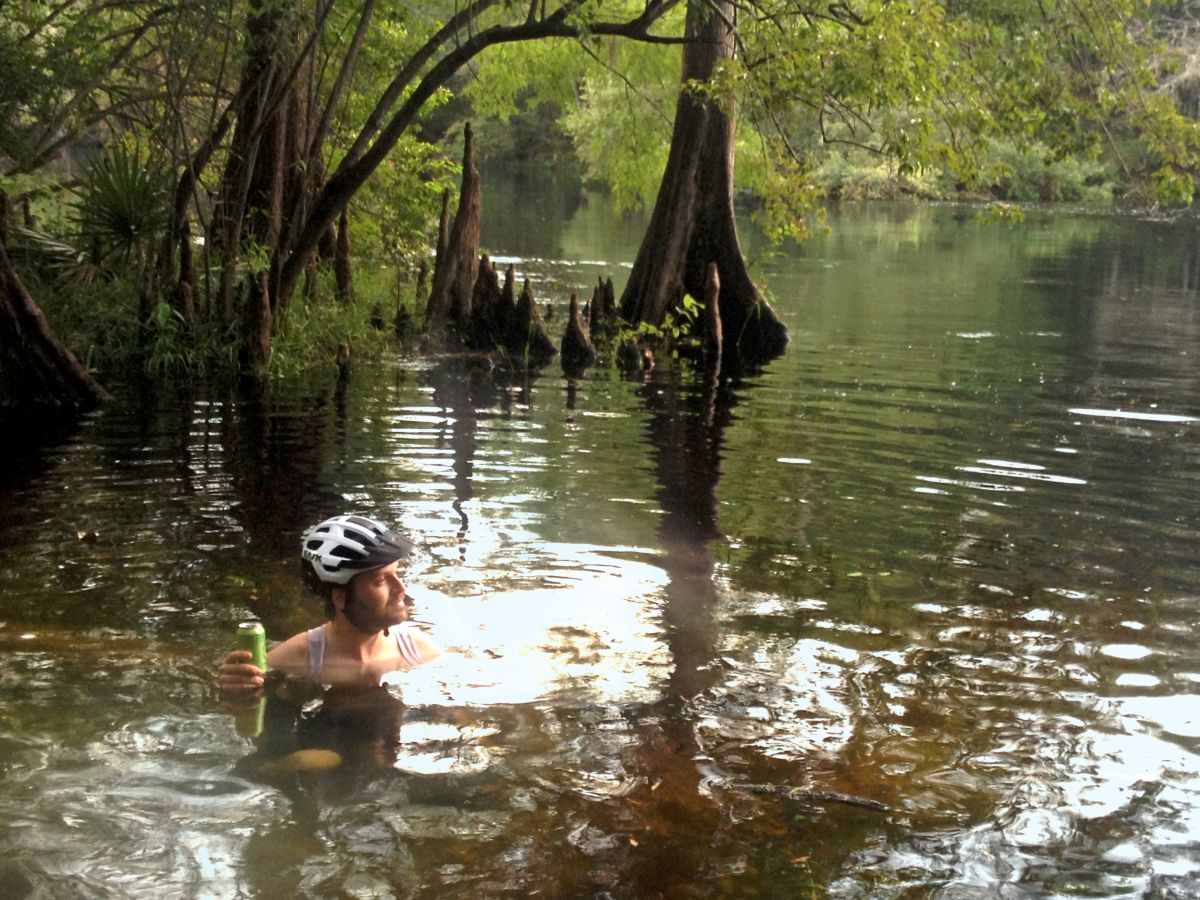
Conclusion
Given that you can get a pretty good helmet these days for around $100, should you consider spending twice that on a premium helmet like the Rex? Well, even with all the seriously good lids filling the shelves in bike shops these days, Kask has a very serious contender in the Rex. It has exceeded my expectations, and If it’s in your budget, I’d say it’s worth checking out.
Article on behalf of Gravel Cyclist. Jayson O’Mahoney is the Gravel Cyclist: A website about the Gravel Cycling Experience. Many thanks to our guest reviewer, Michael McAleer.
